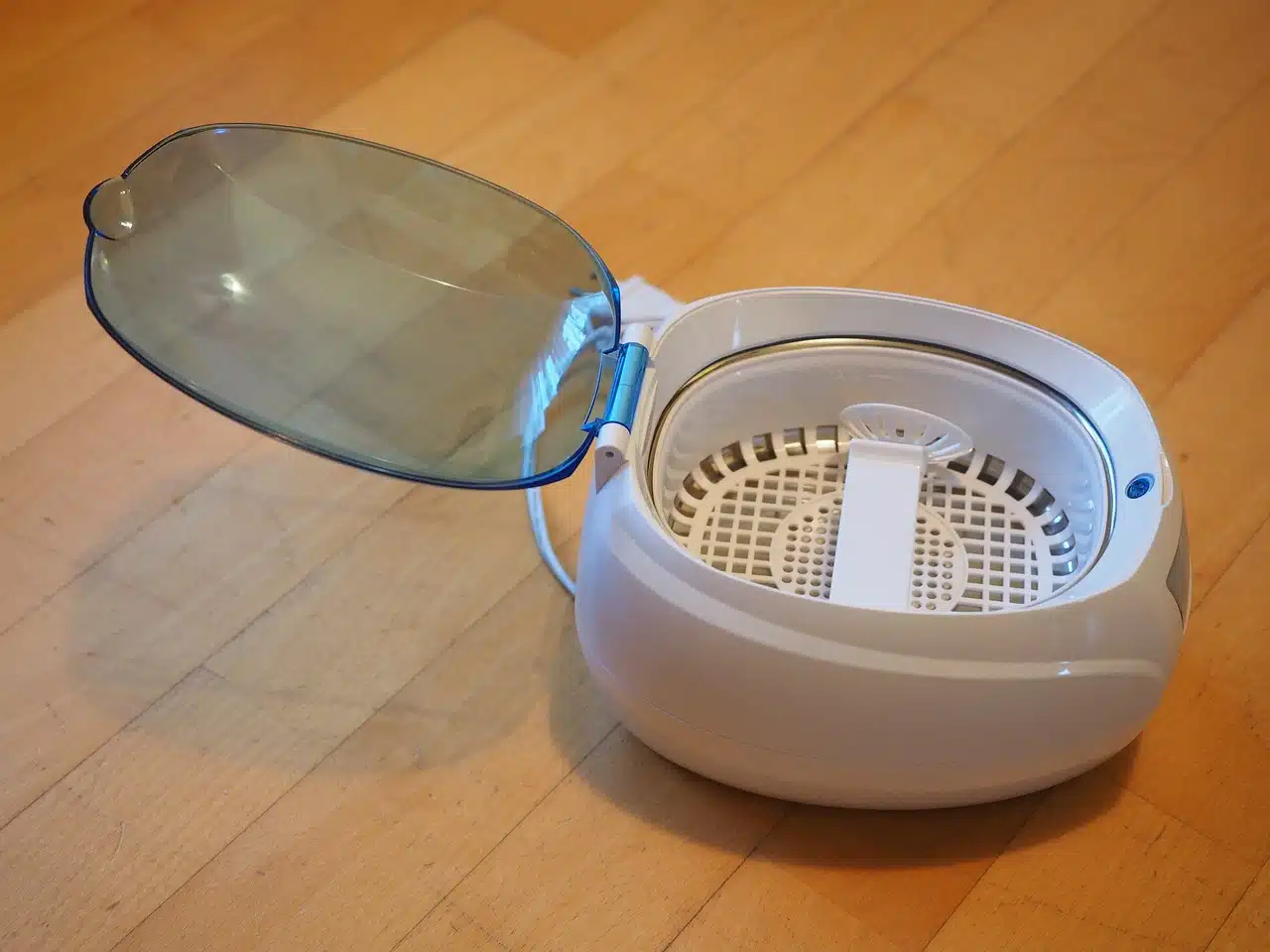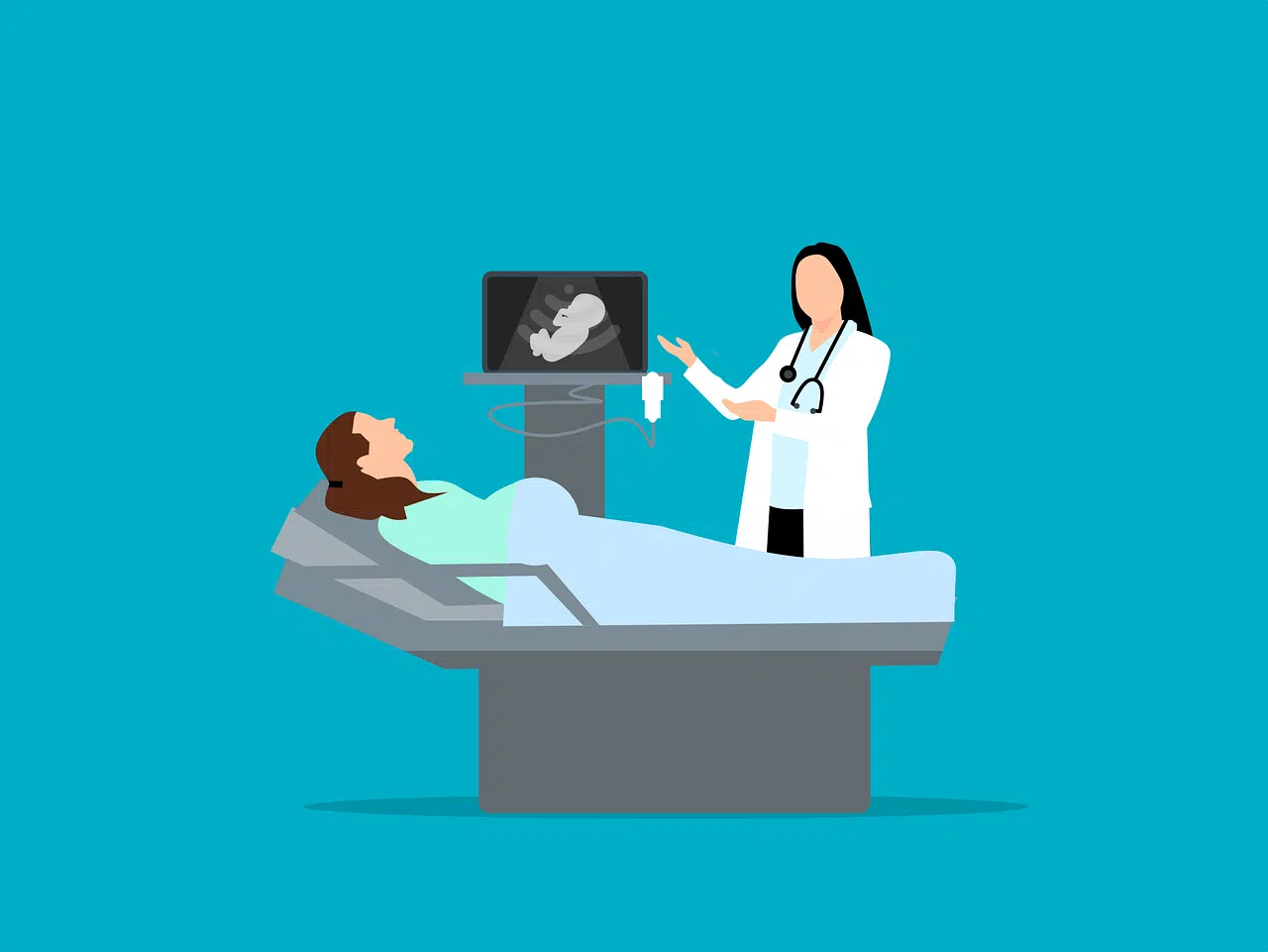
Ultrasound has multiple applications.
Ultrasound is a sound wave whose frequency exceeds the limit perceptible by the human ear (that is, the sound cannot be captured by people since it is located around the 20,000 Hz spectrum).
There are multiple applications of ultrasound. At an industrial level, it allows measuring distances or developing non-destructive tests, for example. Another very frequent use takes place in the field of medicine .
Uses of ultrasound
Ultrasound is one of the most popular procedures linked to ultrasound. The emission of this type of sounds directed towards a body allows an image to be formed that is used for diagnostic purposes. A device known as a transducer emits the ultrasound waves toward the mass being studied and then receives their echo. A computer is responsible for converting said echo into an image that is displayed on a screen.
Because it does not use any type of radiation, ultrasound is used to visualize the fetus that is forming in the womb. Placing a gel on the skin helps the correct transmission of the ultrasound.
Ultrasound is also useful as an insect repellent . Some computers or mobile phones are capable of reproducing an acoustic wave that annoys insects and keeps them away.

Ultrasounds are developed with ultrasound.
echolocation
Species like bats and dolphins use ultrasound as a kind of radar.
The phenomenon, known as echolocation , occurs when the sound waves emitted by these animals "bounce" off the objects around them and create a kind of "image."
Ultrasound and physiotherapy
During a physiotherapy treatment, ultrasound is used very frequently. Among its benefits with respect to the use of heat or cold is that it does not produce any physical effect perceptible to the patient, it does not generate any immediate sensation. However, it is not a placebo: its healing effects have been scientifically proven.
Regarding its work in the body, equipment is used capable of transferring mechanical waves of a frequency higher than those of sound through a gel, which allows it to propagate and transmit energy (heat) due to the vibrations produced by the waves.
The vibrations lead to the movement of cells , improving healing and, at the same time, increasing the temperature of the region in which the ultrasound is applied. However, as noted above, patients do not perceive this thermal change; The reason is that there are very few heat receptors deep in the tissues.
With respect to the criteria for the application of ultrasound in physiotherapy treatments, the time, the dimensions of the surface to be treated and those of the head are counted (the first of these parameters depends on the remaining two). In general, applications are made that last between 2 and 6 minutes and only during the first sessions, given that their main objective is to reduce inflammation, which usually does not last more than 5 days, and contribute to fibroplasia (generation of fibrous tissue during healing), which does not exceed 3 weeks.
Depending on each patient's healing time, among other personal factors, the number of ultrasound sessions varies. On average, however, it is estimated that its use does not exceed 8 applications over 3 weeks.
Sonoluminescence
When a liquid is subjected to ultrasound, certain cavities are generated that, once they collapse, reach temperatures of 30 thousand degrees Celsius and the phenomenon called sonoluminescence takes place, during which the emission of light occurs.
Some research attempts to demonstrate that cold fusion can take place in these cavities, a nuclear fusion reaction that occurs at temperatures well below those necessary to produce a thermonuclear reaction.
